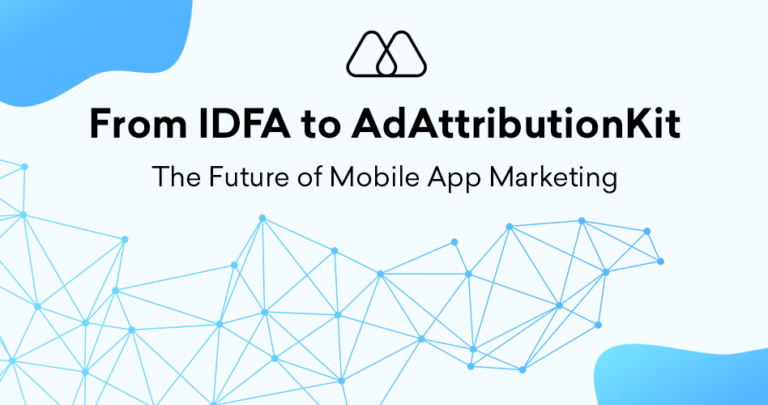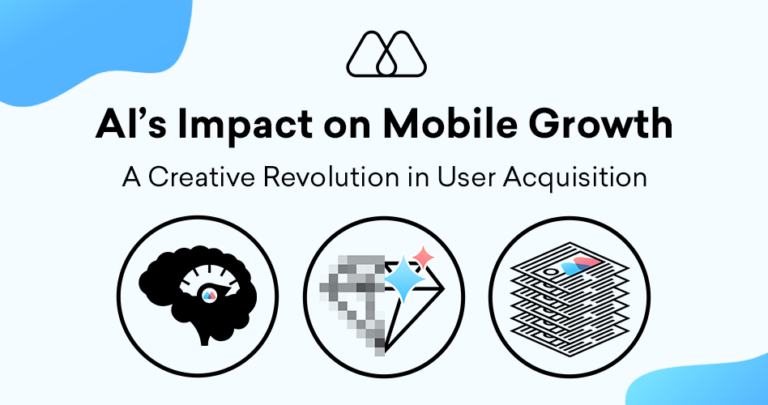In the data-driven world of mobile app advertising, success hinges on leveraging a vast amount of information. Extracting valuable insights from scattered data sources is crucial for optimizing campaign performance, understanding user behavior, and making informed decisions. This is where Extract, Transform, and Load (ETL) emerge as an unsung hero, silently laying the foundation for effective mobile app advertising campaigns. This article explores the concept of ETL within the context of mobile app advertising, delving into its functionalities, benefits, and best practices for implementation within your mobile app marketing strategy.
What is ETL (Extract, Transform, and Load)?
Extract, transform, and load refers to a data integration process that involves three fundamental steps:
- Extract: Retrieved data from various sources relevant to your mobile app advertising campaigns. This data can include app analytics, ad network reports, user demographics, and website traffic data.
- Transform: The extracted data is cleaned, formatted, and transformed into a consistent and unified structure. This may involve deduplication, error correction, and conversion into a format compatible with your data analysis tools.
- Load: The transformed data is loaded into a centralized data warehouse or data lake and easily accessed and analyzed for campaign optimization and strategic decision-making.
Why is ETL Critical for Mobile App Advertising?
In today’s mobile advertising landscape, data comes from many sources. Without a robust ETL process, this data remains fragmented and unusable, hindering your ability to:
- Gain a Holistic View of Campaign Performance: Scattered data makes it difficult to assess the overall effectiveness of your mobile app advertising campaigns.
- Optimize Targeting and Bidding Strategies: Untransformed data limits your ability to identify high-value user segments and tailor targeting strategies accordingly.
- Measure User Lifetime Value (LTV): Fragmented data impedes your ability to accurately track user journeys and calculate user lifetime value, a crucial metric for campaign ROI measurement.
- Identify Actionable Insights: Untransformed data renders it difficult to unearth valuable insights that can inform future campaign strategies and improve user acquisition.
Benefits of Implementing ETL for Mobile App Marketers
By implementing a well-defined ETL process, mobile app marketers unlock significant advantages:
- Enhanced Campaign Performance: This empowers you to gain a holistic view of your campaigns, identify areas for improvement, and optimize strategies for better results.
- Data-Driven Decision Making: Transformed data fuels data-driven decision-making, allowing you to allocate resources effectively and target high-value user segments.
- Improved User Segmentation and Targeting: This facilitates comprehensive user segmentation, enabling you to tailor your messaging and creatives to specific audience needs.
- Accurate Measurement and Attribution: To clearly understand the effectiveness of your marketing efforts, using clean and unified data ensures correct campaign measurement and attribution.
- Streamlined Reporting and Analytics: This simplifies reporting and analytics by providing a centralized platform for accessing and analyzing all your campaign data.
5 Key Takeaways for Successful ETL Implementation in Mobile App Advertising
- Identify Relevant Data Sources: Clearly define the data points crucial for your mobile app advertising campaigns.
- Invest in Data Cleansing and Transformation Tools: Utilize reliable tools to clean, standardize, and transform your extracted data for optimal analysis.
- Establish a Data Governance Framework: Implement clear guidelines for data ownership, access control, and quality to ensure data integrity.
- Automate the ETL Process: Streamline your workflow by automating the process to minimize manual intervention and ensure timely data availability.
- Monitor and Refine Your ETL Strategy: Continuously monitor your process, evaluate its effectiveness, and adapt your approach based on changing data needs and campaign objectives.
Beyond the Basics: Advanced ETL Techniques for Mobile App Marketers
For sophisticated mobile app marketers seeking to maximize the potential of ETL, consider these advanced techniques:
- Real-Time Data Integration: Explore real-time data integration solutions to gain immediate insights into campaign performance and user behavior.
- Cloud-Based Data Warehousing: Leverage cloud-based data warehousing solutions for scalability, flexibility, and cost-efficiency. (e.g. Amazon, Microsoft)
- Machine Learning and AI Integration: Integrate machine learning and artificial intelligence (AI) tools with your ETL process to automate data analysis, identify trends, and predict user behavior patterns. (e.g. IBM, Google)
Conclusion: Unlocking the Power of Data with ETL
In the ever-evolving mobile app advertising landscape, data is king. However, raw data holds limited value. Transform scattered data points into actionable insights that fuel campaign optimization, drive smarter decision-making, and propel your mobile app advertising efforts toward sustainable success by implementing a robust ETL process.
Here’s a quick recap of the benefits ETL offers for mobile app advertising:
- Improved Campaign Performance & Data-Driven Decision Making.
- Enhanced User Segmentation & Targeting with Accurate Measurement.
- Streamlined Reporting & Analytics for a Holistic Campaign View.
Invest in Your ETL Foundation
Building a robust ETL infrastructure is an investment that reaps significant rewards in the long run. By prioritizing a well-defined ETL process, you empower your mobile app marketing team with the data-driven insights needed to navigate the complexities of the mobile advertising landscape and achieve superior campaign results.




